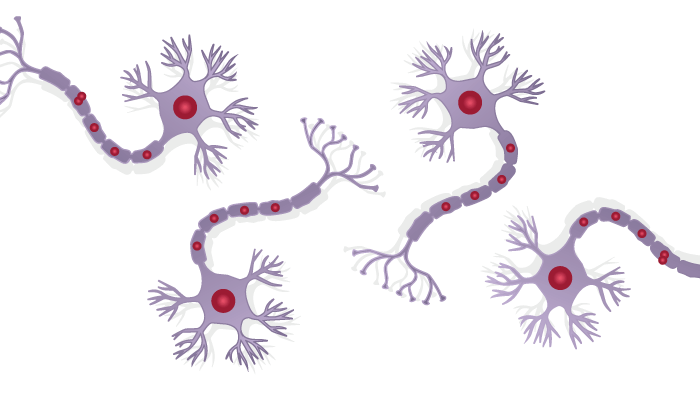
Can you see in 3D? If so, you can thank disjunctive saccades – eye movements that result from eyes rotating mostly in the same direction by different degrees. But, despite their importance, the neural control mechanism that powers disjunctive saccades has proved elusive.
Now, however, Julie Quinet’s team at the University of Alabama in Birmingham, USA, has found a novel neuron population near the midbrain region: 18 saccade-vergence burst neurons, which produce a burst of activity during disjunctive saccades, but don’t fire during other types of eye movements, such as conjunctive saccades or symmetrical vergence movements. Researchers hope that the newly discovered neurons could help find modern treatments for strabismus.
References
- J Quinet et al., Proc Natl Acad Sci USA, 117, 29123. PMID: 33139553.
